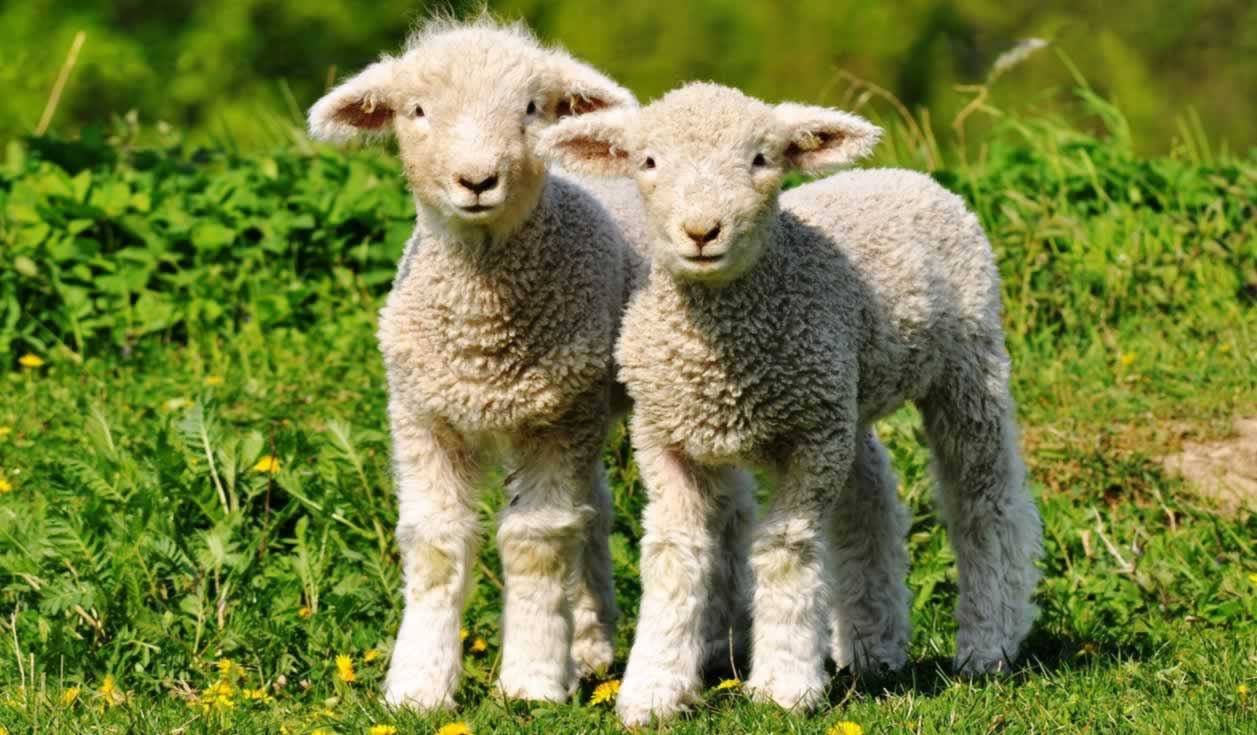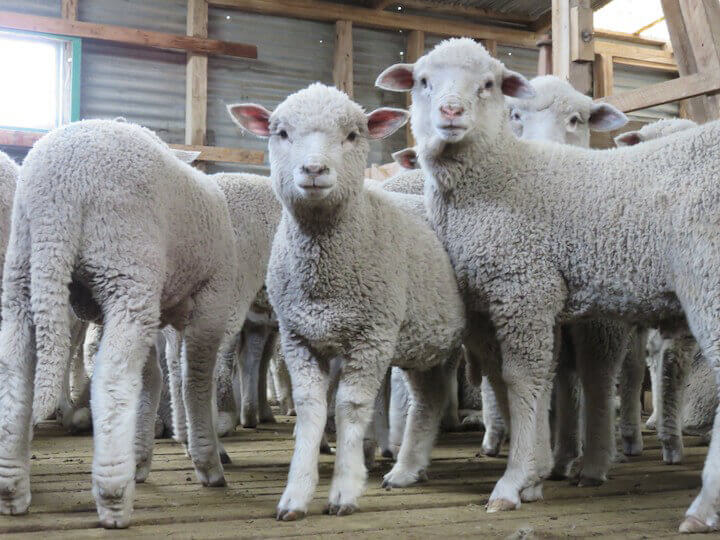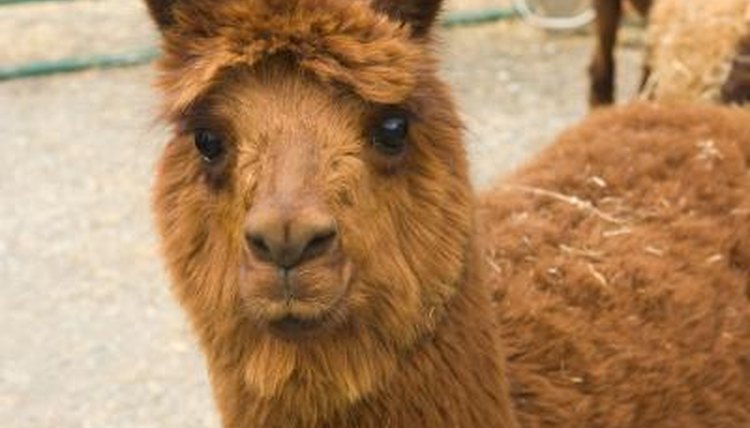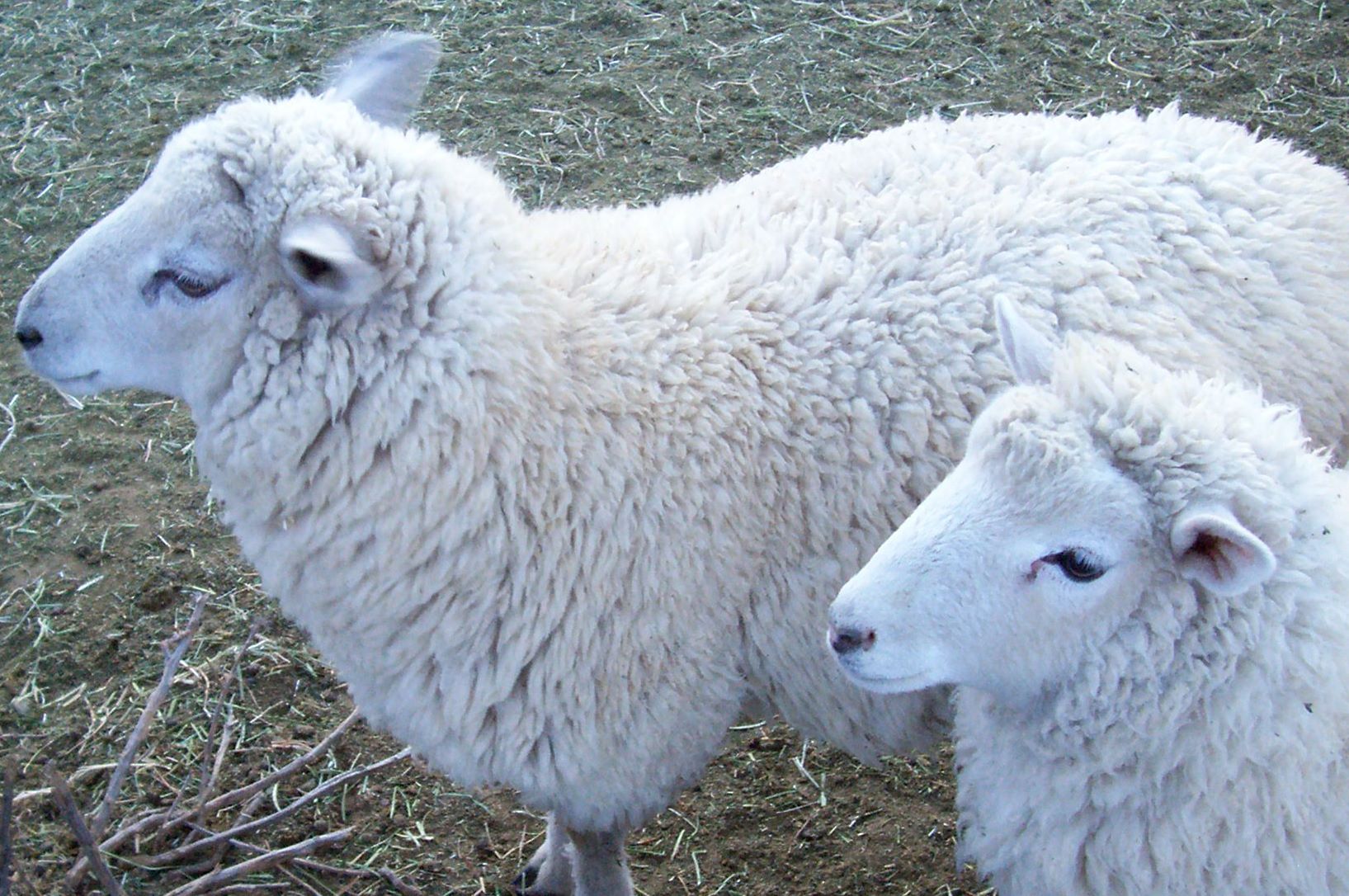Animals that yield wool are sheep, goats, rabbits, llamas, alpaca, camels, bison, and yak, etc. Plucked wool is superior to shorn wool.

The Damaging Environmental Impact of the Wool Industry PETA
Fleece refers to the wool coat of certain animals.

What animals produce wool. This wool is commonly used in clothing production. For example, the many dingoes, kangaroos, native bighorn sheep, wolves, and even bears who are shot and poisoned across australia and the united states for the sake of wool production. Of the wool producing sheep, those that are termed “long wool sheep” produce the most wool;
Sheep can be categorized into three major types when it comes to wool production: Fine wool sheep produce the smallest micron of wool and include the merino types, rambouillet and debouillet. In winter, this coat keeps human bodies warm.
Animals in cooler region, specially sheep able to produce wool because they are blessed with the same for protection from cold weather and humans sheer them for their own use, in summers the animals shed their hairs naturally. Wool has several qualities that distinguish it from hair or fur: All wools can be used to make clothing such as sweaters, socks and scarves.
It has a different texture or. Approximately 90 percent of the world's sheep produce wool. What are animals that yield wool?
Such animals possessing hairs or furs give us wool such as various varieties. Sheep whose parents were good wool producers are likely to produce more wool. Sheep are farm animals that produce wool and mutton.
Other types of goats, such as angora goats, also produce wool, but it is a different texture than cashmere. As per one data many sheep die because of pre mature sheering. The merino wool fiber is considered the best quality, especially with regards to textile production.
They come in different breeds such as merino, cashmere, and mohair. However, it is also used to make carpets, upholstery, saddle cloths, and horse rugs. Wool is the fiber derived from the specialized skin cells, called follicles, of animals in the caprinae family, principally sheep.
Commercial angoras are kept in a specialized. Animals are normally sheered annually and their fleece is taken to industries for processing. The fiber from the camelid family of animals is very soft and fine.
Large rams will naturally produce more wool than small ewes. Those that are well cared for will naturally produce more wool. Wool from other animals although the main source of wool is sheep, wool is also obtained from animals of the camel family, goat, and even rabbits.
The hair of certain species of other mammals such as goats, llamas, and rabbits may also be called wool. The main use of wool is in the production of clothing. The most common wool animal is the sheep.
It contributes more than 35% of global wool production. Comparatively inferior grade of wool is extracted from crossbreed sheep. Merino wool contributes more than 30% of world wool production.
Soft cashmere comes from the wool of certain types of goats called cashmere goats. Wool is the textile fibre obtained from sheep and other animals, including cashmere and mohair from goats, qiviut from muskoxen, hide and fur clothing from bison, angora from rabbits, and other types of wool from camelids. Whether we’re speaking of leather, fur, wool, feathers/down, or silk, animals are “ranched”/raised, trapped, mutilated and killed under some of the most horrific conditions imaginable, in order to produce the clothing and accessories that most of us wear.
It feels similar to alpaca and angora rabbit. Different species of animals mostly found in the hilly region have bulky fur coating on their body known as fleece. The wool is plucked or sheared and either spun on its own or mixed with sheep’s wool.
Angoras have been bred for wool production for hundreds of years. Which animal gives us wool? The fiber from bison, camels, and yak are the more rare fibers.
To keep warm, prehistoric people covered their bodies with the skin of sheep or other animals. However, it is coarse and generally used to produce household. Merinos produce the most fleece while cashmere has a longer staple length (hair) which is considered superior for producing fine garments like sweaters and coats.

Wooly Creatures 10 Fluffy Animals That Produce Wool For Us

Free photo Sheep, Lamb, Animals, Pasture, Wool Free

Marano breed, only used for kashmiri wool Sheep breeds

Names of Animals That Give Wool Animals
Celebrating FiberProducing Farm Animals Chalkboard Thoughts

Wooly Creatures 10 Fluffy Animals That Produce Wool For Us

WoolYielding Animals for Yarn and Fiber Countryside

Wool industry rejects misleading claims Animal Health
Sheep Wool Production Information SheepFarm.in

Amazing Fibres from Animals, the Wool Fibres

The Highest Quality Types of Sheep Wool Seradria

Wooly Creatures 10 Fluffy Animals That Produce Wool For Us

Wooly Creatures 10 Fluffy Animals That Produce Wool For Us
8 Countries that Produce the Most Sheep’s Wool in the

Love Alpaca wool yarn? Facts to consider when choosing a

Wooly Creatures 10 Fluffy Animals That Produce Wool For Us

WoolYielding Animals for Yarn and Fiber Countryside
